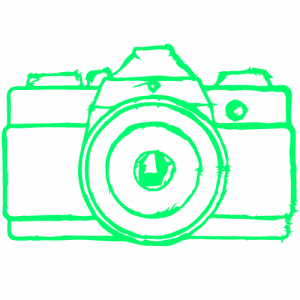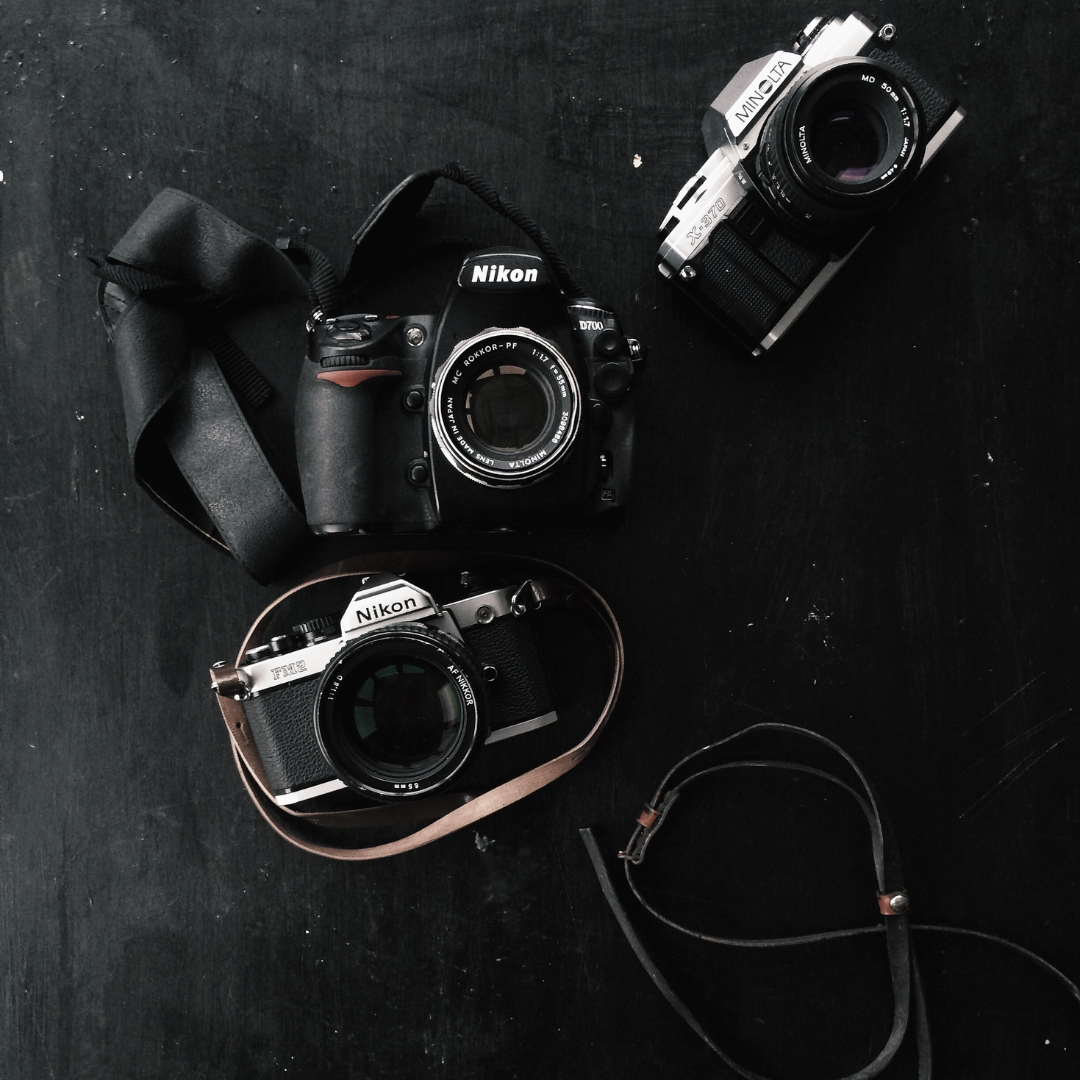Color theory plays a crucial role in photography, influencing mood, depth, and visual balance. Understanding how colors interact can elevate a photographer’s work by creating compelling compositions that resonate with viewers. Photographers can leverage concepts like complementary and analogous color schemes to guide the audience’s eye and evoke specific emotions.
By mastering color relationships, they can enhance storytelling within their images. Color can draw attention to the subject, create tension, or foster harmony, making it an essential tool for any photographer. With a keen awareness of color theory, one can analyze and optimize images for greater impact and engagement.
In a world saturated with visual content, strong color choices can set their work apart. Applying the principles of color theory not only improves technical execution but also enriches the creative process, making photography a more expressive art form.
Understanding Color Theory
Color theory forms the backbone of visual arts, particularly photography. It involves the principles and relationships between colors, guiding photographers in creating impactful images.
History and Foundations of Color Theory
Color theory has roots in the works of ancient philosophers and scientists, evolving significantly over centuries. Key figures include Isaac Newton, who, in the 17th century, explored the interaction of light and color through his prism experiments.
In 19th-century art, Johannes Itten developed a more systematic approach, categorizing colors and their interactions. This led to a richer understanding of how colors influence perception and emotion. The foundation of color theory rests on understanding primary, secondary, and tertiary colors, alongside concepts like hue, saturation, and brightness.
The Color Wheel and Color Relationships
The color wheel visualizes the spectrum of colors and their relationships. It includes primary colors (red, blue, yellow), secondary colors (green, orange, purple), and tertiary colors, which are mixtures of primary and secondary colors.
Understanding color relationships enhances photographic composition. Complementary colors are opposite each other on the wheel and create a strong contrast. Analogous colors, located next to one another, form harmonious compositions. Triadic schemes consist of three colors evenly spaced around the wheel, providing balanced contrast.
Color Harmonies: Complementary, Analogous, and Triadic Schemes
Color harmonies are essential for creating visually engaging photographs. Complementary harmony utilizes pairs of opposite colors, such as blue and orange, to create dynamic tension. This tension can draw viewers’ attention to specific elements within an image.
Analogous harmony employs colors that sit next to each other, such as blue, blue-green, and green. This scheme creates a serene atmosphere, as seen in landscape photography where nature’s subtle variations produce calming scenes.
Triadic harmony combines three colors at equal distances on the color wheel, like red, yellow, and blue. This approach provides a vibrant yet balanced look, making it effective for dynamic compositions. Understanding these harmonies helps photographers evoke specific emotions and improve their visual storytelling.
Color in Photography Composition
Color plays a crucial role in photography composition by influencing how viewers perceive and engage with an image. It can lead the viewer’s eye to the main subject while also evoking emotional responses.
Using Color to Guide Viewer’s Eye
Photographers use color strategically to lead the viewer’s eye through an image. High-contrast colors, such as bright red against a muted background, can draw immediate attention.
One effective technique is using complementary colors, which sit opposite each other on the color wheel. For example, placing a subject in a green field while wearing a red outfit creates a visual balance that attracts the eye.
A gradient of colors can also guide attention. Transitioning from one color to another within an image can create pathways for the viewer’s gaze.
Color as a Tool for Emotional Impact
Color carries distinct emotional connotations that can significantly affect the perception of a photograph. Warm colors, like red and orange, evoke feelings of energy and passion, while cool colors, such as blue and green, often create a sense of calm.
Monochromatic schemes can enhance mood. For instance, using various shades of blue can express tranquility or sadness.
Photographers often utilize color theory to reinforce narratives within their work. By carefully selecting colors, they can evoke specific feelings that resonate with viewers, creating a more impactful visual experience.
Utilizing color effectively helps to establish the atmosphere of the composition, guiding emotional responses in a subtle yet powerful way.
The Role of Light in Color Photography
Light plays a critical role in color photography, influencing how colors are perceived and captured. Understanding different light sources and managing white balance is essential for achieving accurate color representation.
Understanding Natural and Artificial Light
Natural light varies throughout the day and can affect color temperature and shadows. Morning and late afternoon light, often termed “golden hour,” produces warm tones, enhancing earth tones and skin colors. Conversely, the midday sun can create harsh shadows and cooler tones.
Artificial light sources, like tungsten and fluorescent, each emit distinct color temperatures. Photographers often use light modifiers, such as softboxes, to manipulate artificial light. This allows for more controlled color and shadow effects. Awareness of these factors helps photographers select the right time and light source for their images, ensuring colors appear as intended.
White Balance and Color Temperature
White balance is essential for correcting color tones in photographs. It ensures that whites appear neutral, preventing color casts that can distort the overall image. Each light source has a specific color temperature, measured in Kelvin (K).
Common light sources include:
- Tungsten: ~3200K (warm)
- Fluorescent: ~4000K (cool)
- Daylight: ~5500K (neutral)
Photographers can adjust white balance settings on their cameras manually or use presets. This adjustment maintains color accuracy, allowing for true-to-life representations of the scene. Understanding these principles enables the creation of visually appealing and realistic photographs.
Post-Processing Techniques for Color Enhancement
Post-processing is essential for achieving the desired color quality in photography. Effective techniques can enhance images significantly, making colors more vibrant and accurate.
Color Correction Basics
Color correction involves adjusting the colors of an image to ensure they appear true to life. This process often starts with white balance, which helps eliminate color casts caused by different lighting conditions. Tools like Adobe Lightroom or Photoshop have sliders for adjusting temperature and tint.
Next, exposure adjustments can help recover details in shadows and highlights, boosting overall clarity. Saturation and vibrance adjustments can enhance color intensity, but they should be applied carefully to maintain a natural look. A straightforward method is using presets to quickly see improvements while retaining control over final adjustments.
Advanced Color Grading Methods
Advanced color grading provides a creative approach to modifying colors beyond standard correction. Techniques like split toning allow photographers to apply different colors to highlights and shadows, fostering unique visual styles.
Using curves can manipulate color channels individually. This allows for precise control over brightness and contrast, as well as selective color enhancement.
Color lookup tables (LUTs) are popular for achieving consistent looks across images, especially in videography. They apply specific color grades that transform photos dramatically.
Lastly, working with tools like Hue/Saturation can isolate colors for adjustments without affecting the entire image. This capability allows for targeted enhancements, making portraits or landscapes visually striking.
Color Theory in Various Photography Genres
Color theory plays a vital role in photography, influencing the mood, composition, and overall aesthetic of images across genres. Each type of photography employs color in unique ways to evoke emotions and tell stories.
Landscape Photography
In landscape photography, color can enhance natural beauty and create a specific atmosphere. Photographers often use complementary colors, such as blues and oranges, to draw attention to the horizon during sunrise or sunset.
Monochromatic color schemes can also be effective, creating serene images of foggy mornings or winter scenes. The use of color contrasts, like vibrant flowers against green fields or rugged mountains, can add focal points and depth to compositions. Filters and post-processing techniques often help emphasize these hues, allowing the photographer to adjust the temperature for a cooler or warmer feel.
Portrait Photography
Color selection in portrait photography significantly impacts the subject’s emotions and personality. Skin tones should harmonize with the color palette, avoiding clashes that can lead to unflattering results.
Warm tones typically convey a sense of comfort and approachability, while cooler tones can impart a more serious or introspective mood. Additionally, backgrounds should complement the subject, using colors that can either contrast or match clothing for visual balance. Successful use of color can evoke specific feelings, enhancing the narrative behind the portrait.
Still Life and Product Photography
In still life and product photography, color is crucial for highlighting objects and creating visual interest. Color theory assists in choosing combinations that attract attention and convey brand identities.
For example, vibrant colors can evoke excitement, while softer hues create a calming effect. The arrangement of colors also plays a role; the rule of thirds can guide placement to maintain balance. Using props with intentional color choices can enhance storytelling, inviting viewers to engage with the image on a deeper level.
Street and Documentary Photography
Street and documentary photography often harness color to capture the essence of life in urban settings. Color can reflect cultural contexts and evoke emotions tied to the environment.
Bright colors may signify vibrancy and energy in bustling cities, while muted tones can convey a sense of nostalgia or loss. Additionally, photographers may use color grading in editing to enhance mood. The interplay of light, shadow, and color can create compelling narratives that resonate with viewers, inviting them to explore deeper stories within the frame.
Psychology of Color in Photography
Color plays a vital role in photography, influencing emotions and perceptions. Each color carries specific psychological meanings that can evoke different feelings in viewers.
Common Color Associations
| Color | Emotion |
| Red | Passion, excitement |
| Blue | Calm, serenity |
| Yellow | Happiness, energy |
| Green | Growth, tranquility |
| Purple | Luxury, mystery |
| Orange | Enthusiasm, creativity |
Photographers strategically use color to direct attention. For instance, warm colors like red and orange can draw the eye, while cool colors like blue can create distance and depth.
Using contrasting colors can enhance visual interest. Complementary colors, such as blue and orange, create vibrant images that capture the viewer’s attention.
Color harmony is important in composition. Monochromatic schemes create a sense of unity, while analogous colors can produce a calming effect.
Awareness of cultural context is essential. Colors may carry different meanings across cultures, impacting the interpretation of an image. For instance, white symbolizes purity in some cultures but mourning in others.
Understanding how color impacts viewer emotions enhances photographic storytelling. Photographers can convey specific moods and messages through intentional color choices, making their images more compelling.
Developing a Unique Color Style
Creating a distinctive color style in photography requires intention and experimentation. Photographers can begin by analyzing their favorite images to identify common color themes.
Key Elements to Consider:
- Color Palette: Choose a color palette that reflects your personal aesthetic. Common options include complementary, analogous, or monochromatic schemes.
- Mood and Emotion: Different colors evoke specific feelings. For instance:
- Warm Colors: Convey energy and warmth (reds, oranges, yellows).
- Cool Colors: Suggest calmness and serenity (blues, greens, purples).
Techniques for Implementation:
- Color Grading: Use photo editing software to tweak colors in an image, setting the desired mood.
- Filters and Presets: Experiment with filters that enhance colors and create a signature look.
- Lighting Conditions: Consider the time of day and weather. Golden hour often yields warmer tones, while overcast days provide softer, cooler hues.
Consistency is Key:
Maintain a consistent style across a portfolio. This can be achieved by using similar color grading settings or sticking to the chosen color palette.
Exploration and practice play critical roles in developing a unique color style. Photographers should not hesitate to experiment until they find their signature approach.



